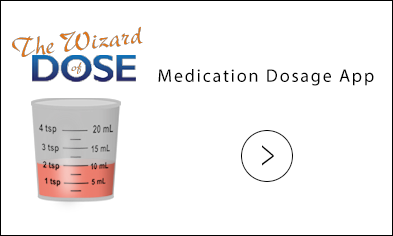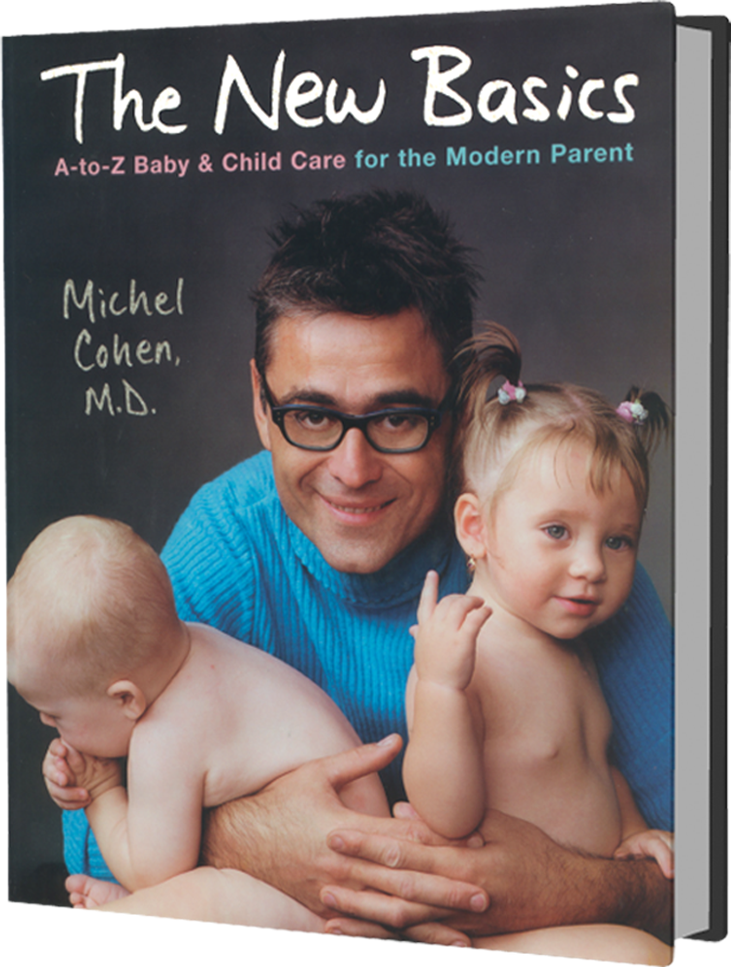
Prematurity
Lucy was premature, and she stayed at the hospital in an incubator, hooked up to all kinds of machinery. It’s been a long and difficult journey, but thanks to the wonders of medicine, she’s just come home.
Care of a Premature Baby
By the time Lucy makes it back to your house, she is most likely healthy and should be treated as such. Give her the white-glove treatment if you wish, but you needn’t use the rubber ones. As with regular newborns, you can take her outside, have visitors, and let her play with siblings. Feed her on demand, don’t weigh her obsessively, and don’t count or measure temperatures, feedings, and stools. Just enjoy her as a normal baby, which she is. In terms of routine care, the first doctor visits may be more frequent to monitor weight gain. Immunizations generally start at two months after birth and follow the same schedule as those of full-term babies.
Nursing a Premature Baby
Moderately premature babies are able to nurse, but despite scientific evidence showing that nursing offers clear benefits for “preemies,” doctors and nurses don’t always encourage it. They are most concerned with strictly controlling the amount ingested. As a result, the average graduate of the neonatal intensive care unit is bottle-fed formula or pumped milk. At home, you’ll have to take one of three paths:
Continue with Formula
This is the easiest option but not necessarily the best. Breast milk has significant nutritional benefits and will help create immunities. On the other hand, reintroducing nursing may be hard work, and you may not feel up to the challenge [See: Breast Feeding vs. Formula].
Feed Pumped Breast Milk Through a Bottle
For mothers who pumped their milk while the baby was in the hospital, this is a cumbersome though feasible option. Bear in mind that most of breast milk’s physiological benefits in terms of immunogenic protection are achieved within the first couple of months. Since this method lacks the primary advantage of bonding at the breast, the stress of pumping may soon outweigh its benefits [See: Pumping Milk].
Go Back to Nursing
There is a chance that Lucy will go back to the breast. It depends on the degree of bottle addiction, the length of her ICU stay, and whether or not she was given a chance to nurse some of the time. If you choose this option, attempt to put Lucy at your breast for each feeding. Initially, she may not know what to do with your nipple and may be quite upset. If so, take a break and reattempt a few minutes later. After twenty minutes of this nursing workout, you should offer bottle supplementation with either breast milk or formula. Then, over the next few days, decrease the number of times you supplement with formula. She will get hungrier and more interested in nursing from the breast. Within seven to ten (probably frustrating) days, you may well be able to fully reintroduce breast feeding. If it’s a fiasco, you always have the previous two options [See: Breast Feeding Problems].
Premature Babies and Development
The difference in physical development between a preemie and a full-term newborn of the same age varies with the level of prematurity. By six to eight months, most preemies born after thirty-two weeks of gestation achieve the developmental milestones that are normal for their age. Catching up in terms of height and weight may take longer, but by two years of age, most preemies have caught up with their full-term peers.




 MEDICATION DOSAGE
MEDICATION DOSAGE

